Tesla’s widely-anticipated battery day is on Tuesday.
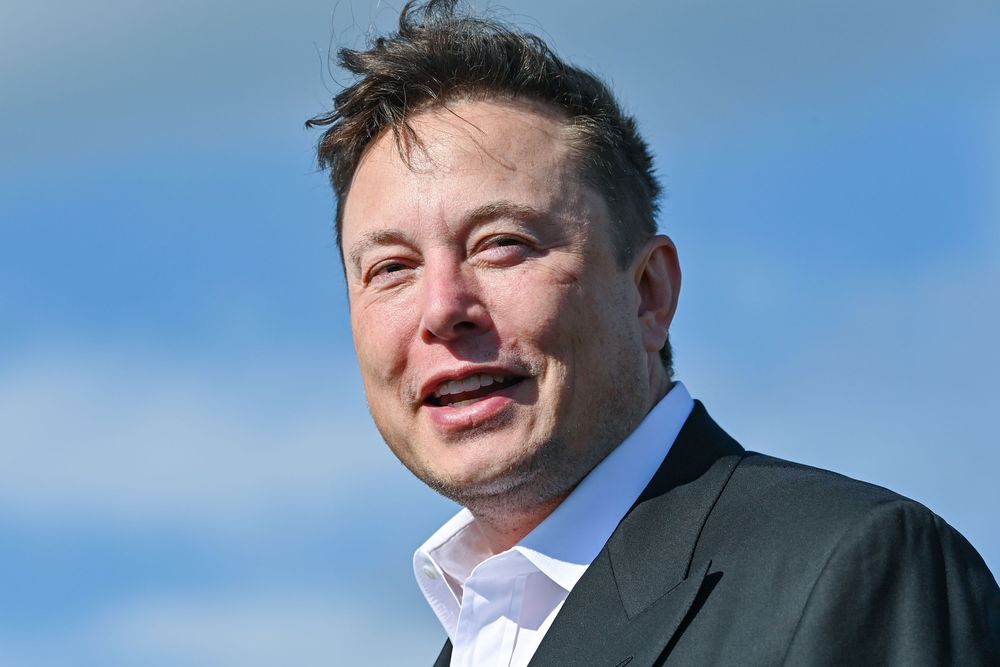

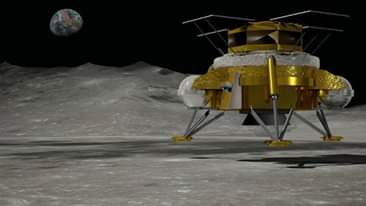



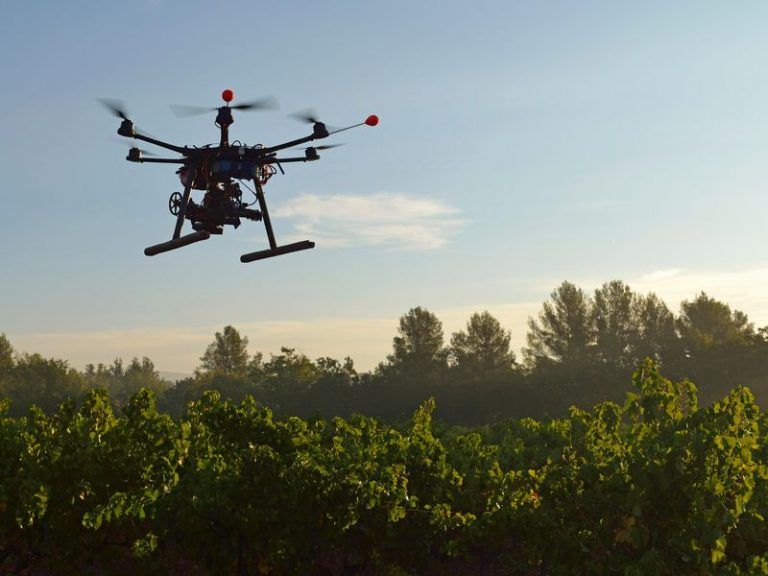
We’ve had impressive efforts, such as India planting 66 million trees in a day, but that was a large-scale event, which required organizing millions of volunteers. It would be difficult to recreate something like that on a regular basis.
Luckily, a former NASA engineer has developed drones that can plant 100,000 trees per day each.
Multiply that by 165 drones, and we could easily fill the 6-billion-tree gap we face each year.

Boosting seedling survival rates from 10% to at least 90%.
Conserving existing forests, restoring forest ecosystems and reforesting suitable lands is essential if we are to transition to a sustainable pathway for our economies and societies at the required speed and scale.
Such a transformation is the goal of 1t.org – the Trillion Tree Platform announced at the World Economic Forum Annual Meeting 2020 in Davos. Set up to support the UN Decade on Ecosystem Restoration (2021−2030), 1t.org seeks to raise ambition for 1 trillion tree commitments and empower and connect a global community of innovators and ecopreneurs who are developing the needed solutions to achieve the trillion trees goal.
*****
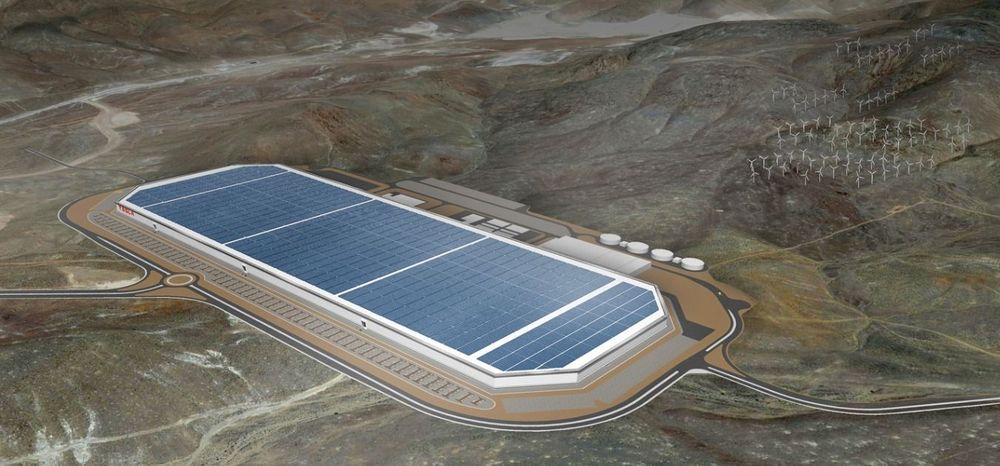
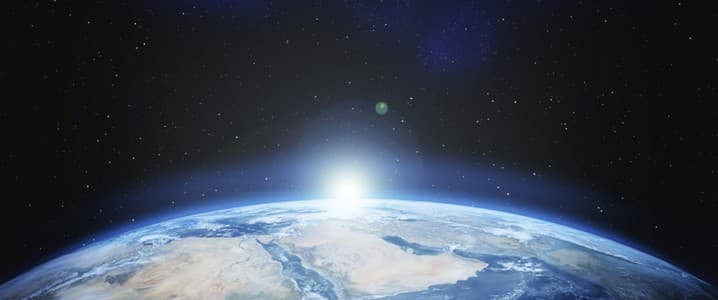
While the future of the clean energy proposal remains uncertain, the majority of Americans have been reading from the same page regarding what needs to be done: Dramatically cutting down the country’s reliance on fossil fuels over the next two decades is critical to lowering greenhouse gas (GHG) emissions and address climate change, with six in 10 U.S. adults saying they would favor policies with this energy goal. Thankfully, scientists have been researching alternative energy solutions like wind and solar power for decades, including lesser-known sources that may seem a little unusual or even downright ridiculous and unrealistic.
You can chalk up harvesting energy from blackholes to the latter category.
Fifty years ago, British mathematical physicist, Roger Penrose, proposed a seemingly absurd idea how an alien society (or future humans) could harvest energy from a rotating black hole by dropping an object just outside its sphere of influence also known as the ergosphere where it could gain negative energy. Since then, nobody has been able to verify the viability of this seemingly bizarre idea— that is until now.
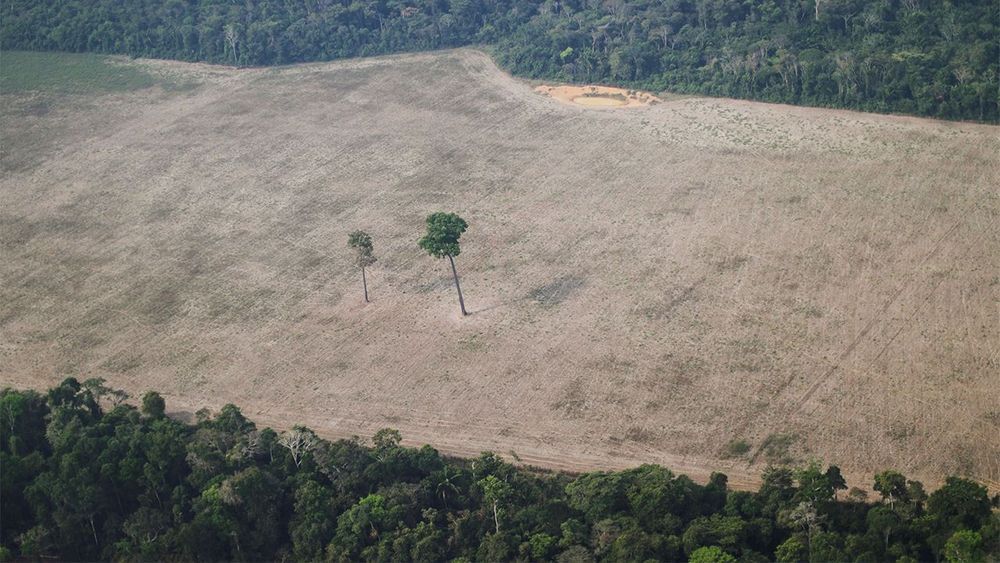
A major report card on the state of biodiversity gives failing grades to the world’s nations. The United Nations’s Global Biodiversity Outlook 5, released this week, concludes that the world has not met ambitious targets set 10 years ago to protect nature. “The warning lights are flashing. We have to recognize that we’re in a planetary emergency,” Andy Purvis, a biodiversity researcher at the Natural History Museum said in a statement.
Despite glimmers of progress, the world has not achieved decadal targets to protect nature.
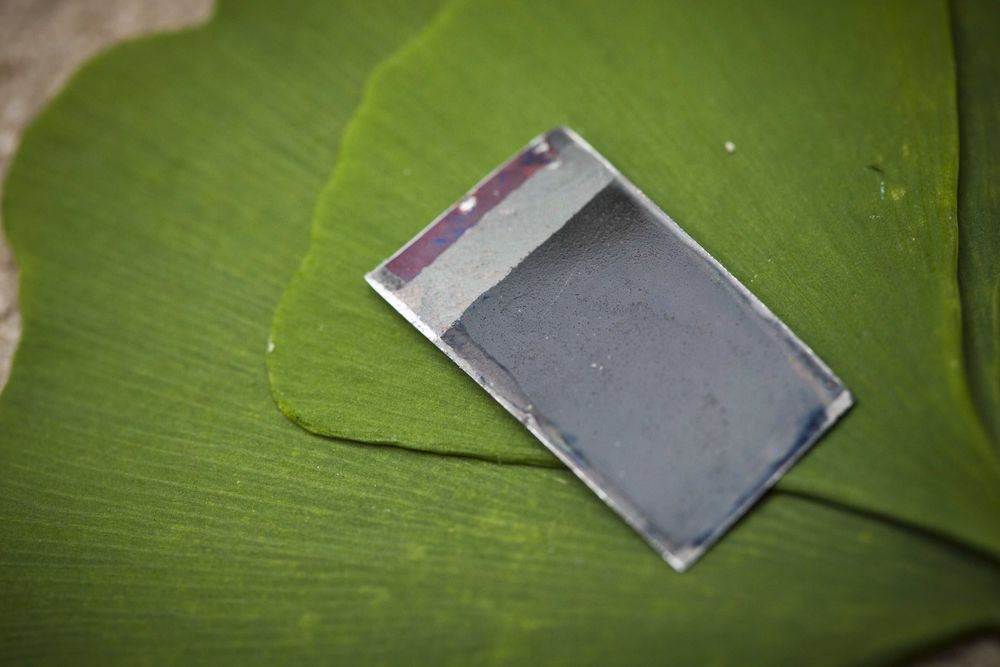

The batteries will offer more range in the same size pack, but the automaker still has to solve the technology’s life-span problem.
Toyota has chosen to focus on hybrid and hydrogen fuel-cell vehicles as the cornerstones of its green strategy, but that doesn’t mean the automaker is forgoing an electric vehicle altogether. In addition to an EV crossover coming from the automaker and its partner Subaru in the near future and a lineup of six EVs (some of which are pictured above), which are likely to land in China first, Toyota is currently working on a technological breakthrough that will reach far beyond its use in an EV: the solid-state battery.
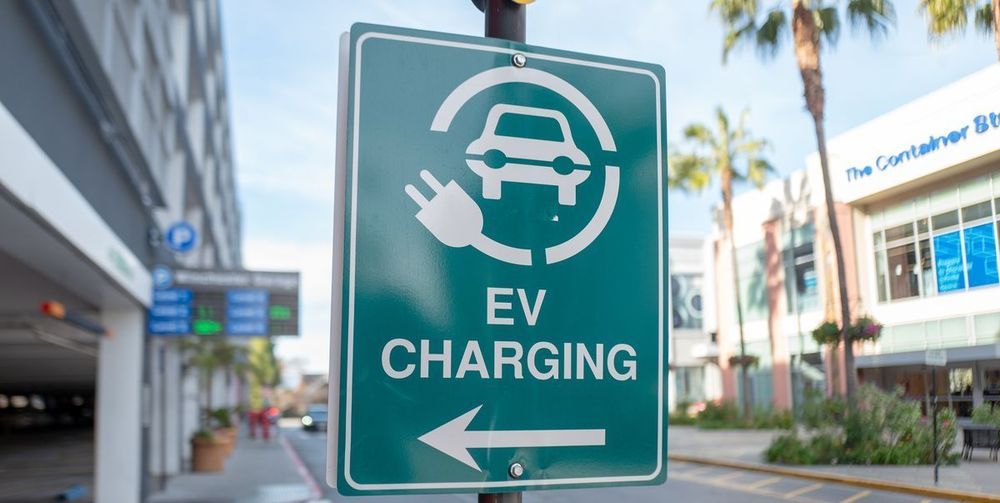
Researchers perfect a battery that will let electric vehicles charge faster and drive farther while lasting a lot longer, but don’t expect to see it anytime soon.
For years, solid-state batteries have been heralded as the answer to many of the issues surrounding EVs. The battery technology allows for greater energy density, which translates into more range from the same size pack as a lithium-ion battery. The problem has been that the failure rate is far too high after repeated charging. Also, they’re super expensive. But Samsung may have solved the first issue.